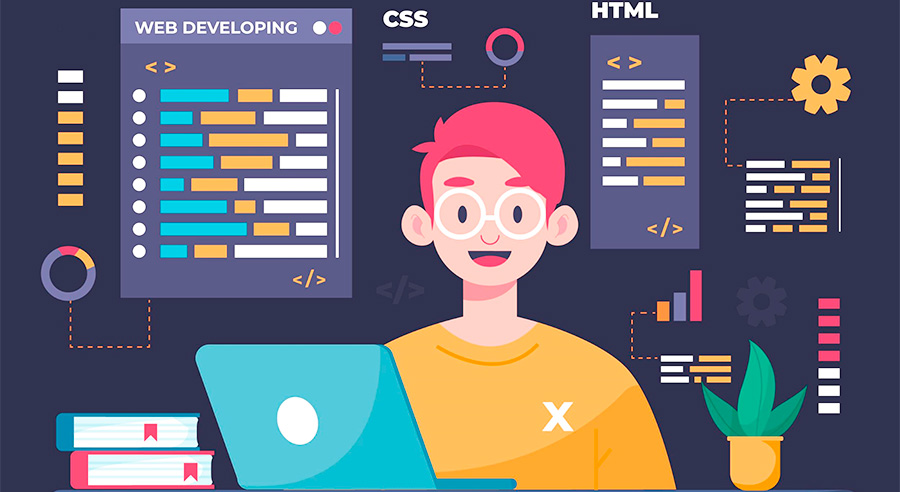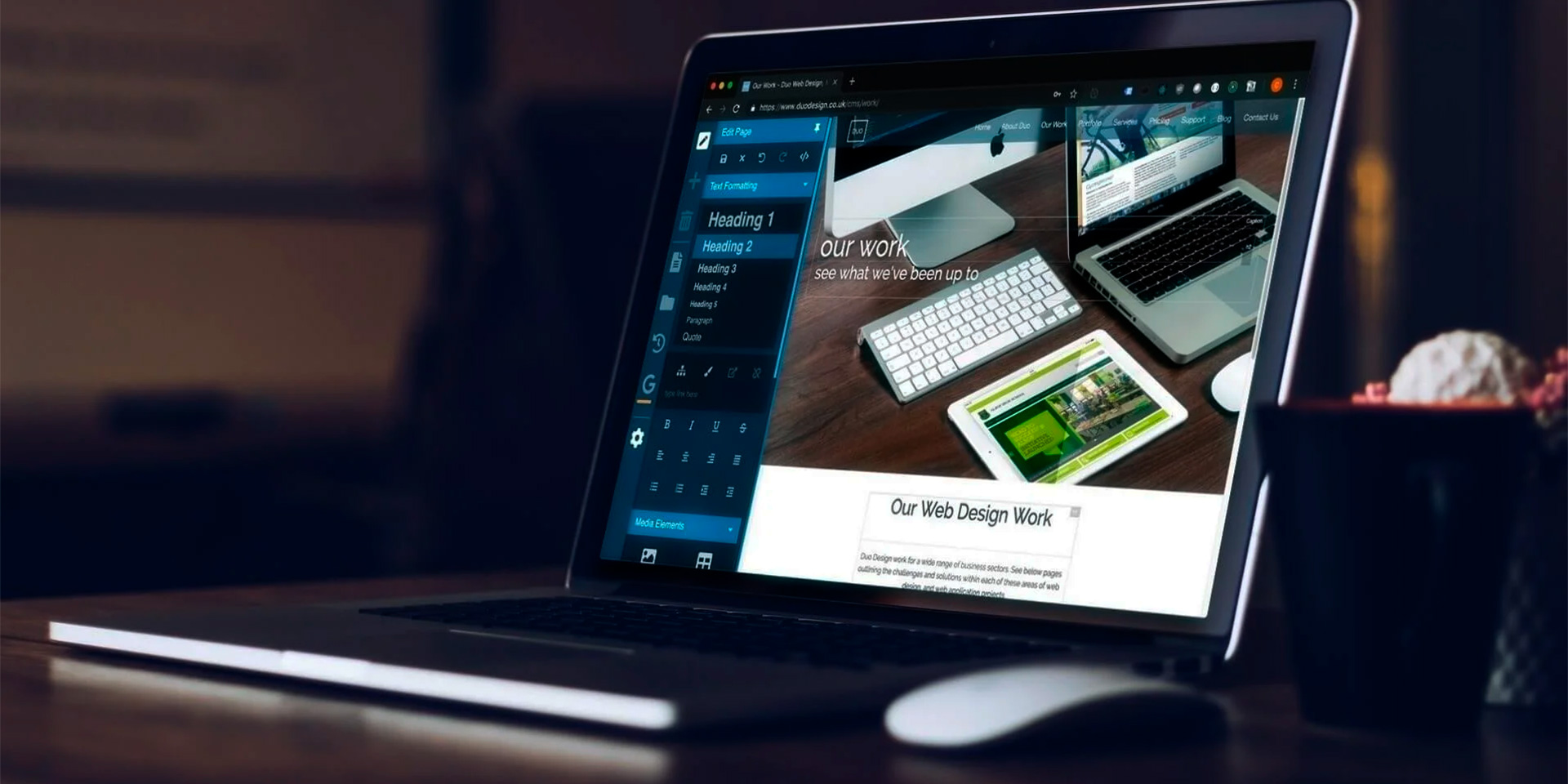Website development has come a long way since the early days of the internet. From simple static pages to dynamic, interactive websites, the field has evolved significantly. Today, websites are more than just online brochures—they are powerful tools for businesses to engage with customers, showcase their products and services, and drive conversions. In this article, we will explore the latest trends and technologies shaping the field of website development, from AI-driven design to responsive layouts.
Responsive Web Design
Responsive web design has become a standard practice in website development. With the proliferation of smartphones and tablets, it’s essential for websites to be optimized for a variety of devices and screen sizes. Responsive design ensures that a website looks and functions correctly on any device, providing a seamless user experience. This trend is likely to continue as more people access the internet on mobile devices.
AI-driven Design
Artificial intelligence (AI) is revolutionizing the way websites are designed. AI-driven design tools can analyze user behavior, preferences, and trends to create personalized and engaging user experiences. These tools can help designers and developers create websites that are more intuitive, interactive, and user-friendly. AI can also automate repetitive tasks, such as coding and testing, saving time and improving efficiency in the development process.
Progressive Web Apps (PWAs)
Progressive web apps (PWAs) are a new approach to building websites that combine the best features of websites and mobile apps. PWAs are fast, reliable, and engaging, offering users a native app-like experience without the need to download and install an app. PWAs are also responsive, working on any device and screen size. This trend is gaining momentum as businesses look for ways to provide a seamless user experience across devices.

Single Page Applications (SPAs)
Single page applications (SPAs) are another trend in website development that focuses on creating fast and responsive websites. SPAs load content dynamically, meaning that only the necessary content is loaded when a user navigates to a new page, resulting in faster load times and a smoother user experience. SPAs are popular for web applications that require real-time updates and interactions.
Voice User Interface (VUI)
Voice user interface (VUI) technology is changing the way users interact with websites. With the rise of voice-activated devices like Amazon Echo and Google Home, more websites are incorporating VUIs to allow users to navigate and interact with content using their voice. VUIs can enhance accessibility and provide a more natural and intuitive user experience.
Augmented Reality (AR) and Virtual Reality (VR)
Augmented reality (AR) and virtual reality (VR) are opening up new possibilities for website development. AR and VR technologies can create immersive and interactive experiences that engage users in new and exciting ways. From virtual tours of properties to interactive product demonstrations, AR and VR are transforming the way businesses showcase their offerings online.
Augmented reality overlays digital information onto the real world, while virtual reality creates a completely immersive digital experience. Both technologies have the potential to revolutionize website design by providing users with more engaging and interactive experiences.
For example, an online furniture store could use AR technology to allow customers to see how a piece of furniture would look in their home before making a purchase. Similarly, a travel website could use VR technology to provide users with a virtual tour of a destination, allowing them to explore the sights and attractions before booking a trip.
Conclusion
As the field of website development continues to evolve, it’s essential for developers and designers to stay informed about the latest trends and technologies. By embracing these trends and incorporating them into their work, they can create websites that are not only visually stunning but also highly functional, responsive, and engaging for users. Whether it’s adopting AI-driven design tools, implementing responsive layouts, or exploring the possibilities of AR and VR, the future of website development is full of exciting opportunities. By staying ahead of the curve, developers and designers can create websites that truly stand out in a crowded online landscape.



